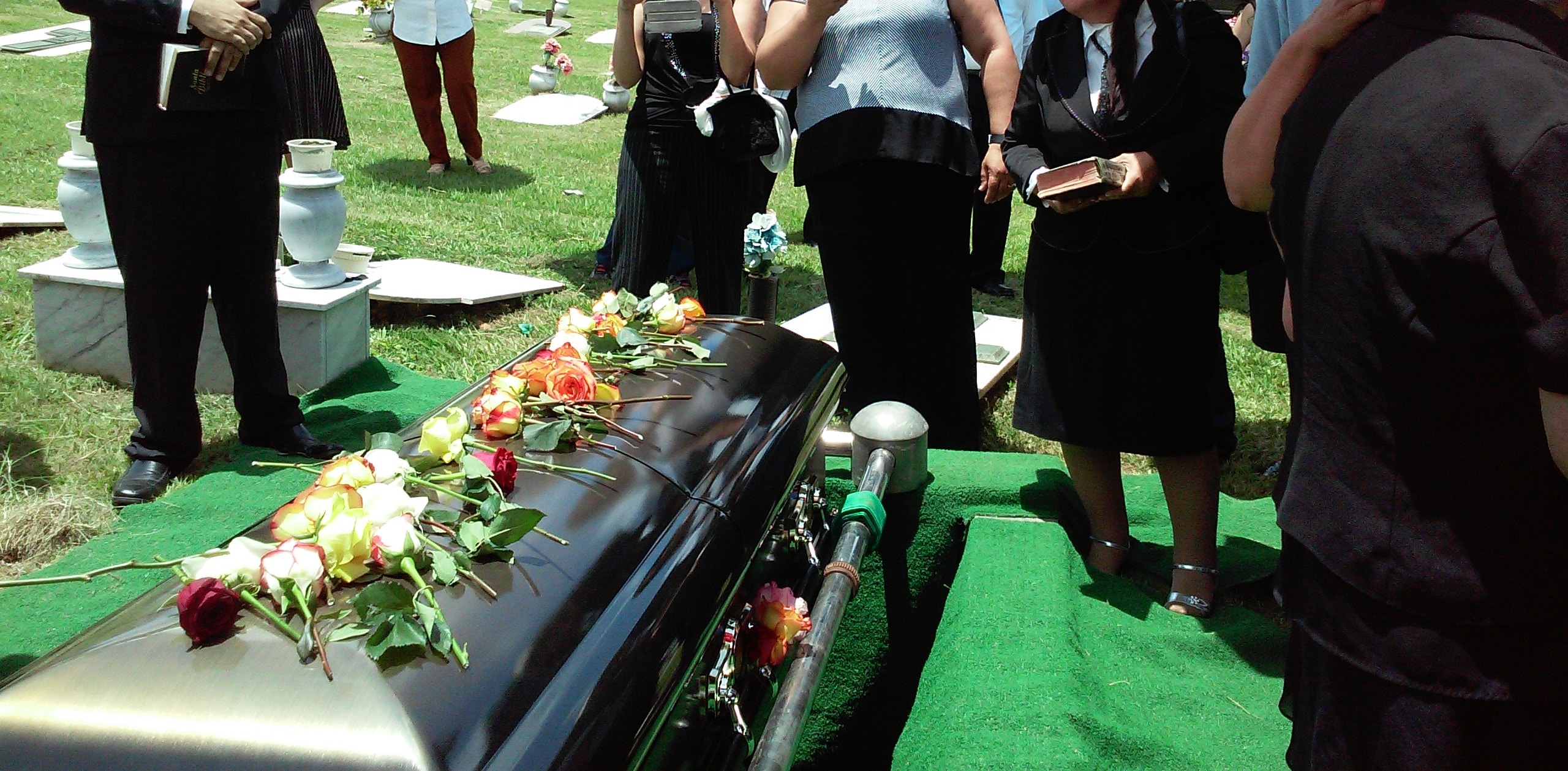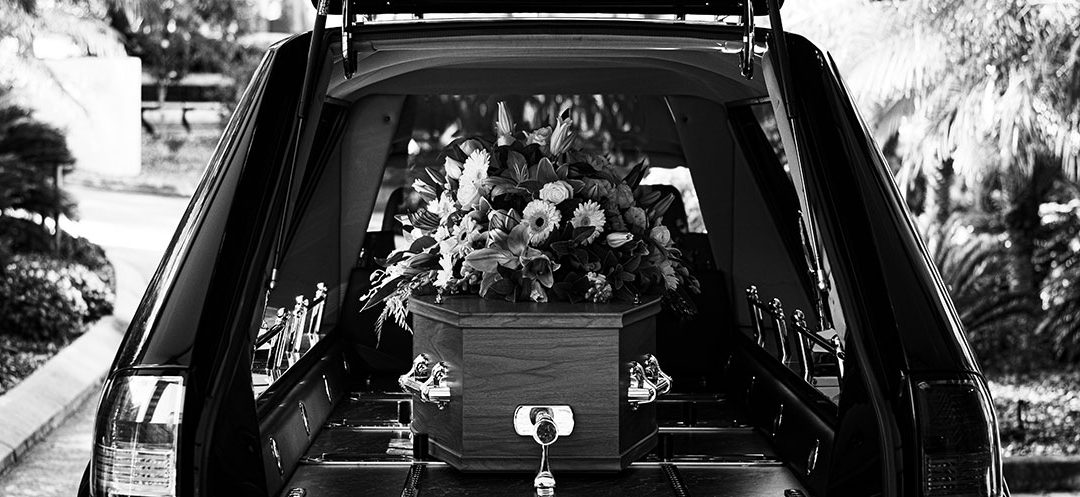Funerals have been a part of human culture for thousands of years, with evidence of funeral rituals dating back to ancient times. While the specifics of funeral customs have varied across different cultures and time periods, the underlying purpose of honoring the dead and providing comfort to the living has remained constant.
In ancient Egypt, funeral rituals were elaborate and focused on preparing the deceased for the afterlife. Mummification was a common practice, and tombs were filled with items that were believed to be necessary for the deceased in the afterlife. In Greece and Rome, funeral rituals often involved cremation, and mourners would gather to share stories and memories of the deceased.

During the Middle Ages, Christianity played a major role in funeral customs, with funeral masses and processions becoming common. Funerals were seen as an opportunity to pray for the deceased’s soul and to provide comfort to the living.
In the 19th and 20th centuries, the funeral industry began to develop, with the establishment of funeral homes and the development of embalming techniques. This allowed for more elaborate and formal funerals, with mourners able to view the body of the deceased and pay their respects in a more structured setting.

Today, funerals continue to evolve and adapt to changing cultural and societal norms. While traditional funerals with religious or cultural rituals remain common, alternative options such as green burials and cremation are also becoming more popular.
Throughout history, funerals have played an important role in providing comfort and closure to families and communities who have experienced the loss of a loved one. While funeral customs may vary across different cultures and time periods, the underlying purpose of honoring the dead and providing comfort to the living remains unchanged.

